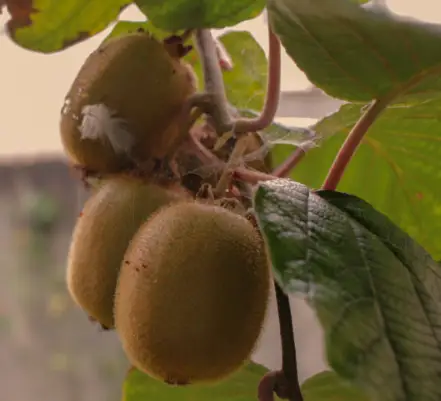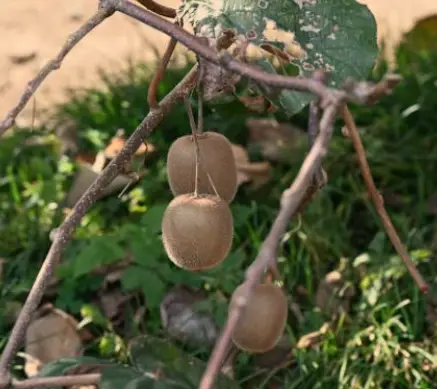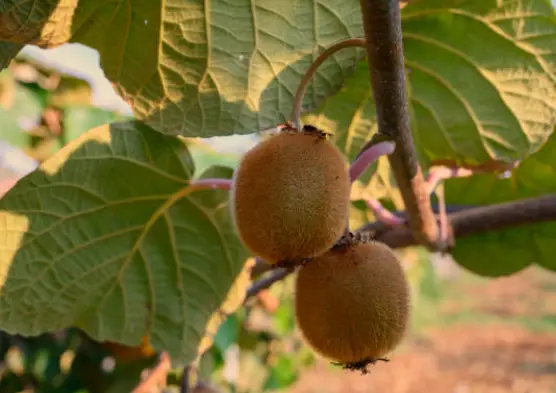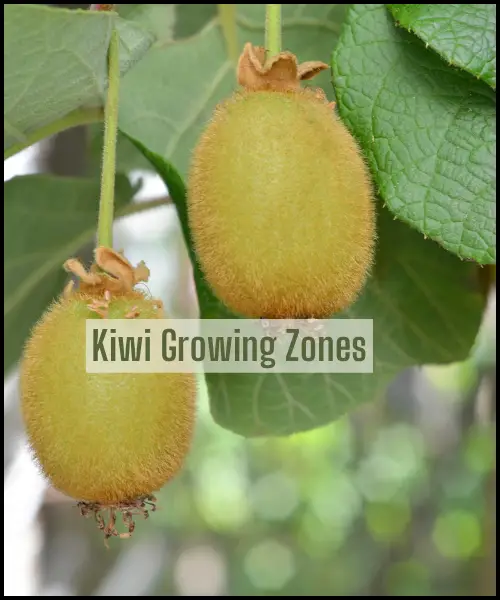If you’re a kiwi lover looking to grow your own fuzzy fruits, understanding the ideal growing zones is crucial for a bountiful harvest. Kiwis, scientifically known as Actinidia, are a vine crop native to eastern Asia that thrives in specific climatic conditions. With the right climate, you can enjoy the sweet, tangy taste of homegrown kiwis straight from your backyard or orchard.
What are Growing Zones?
Growing zones, also known as hardiness zones or plant hardiness zones, are geographic areas defined by their average annual minimum winter temperatures. These zones help gardeners and growers determine which plants are most likely to survive and thrive in their region based on the climate’s winter low temperatures.
The United States Department of Agriculture (USDA) Plant Hardiness Zone Map divides North America into 13 distinct zones, ranging from zone 1 (the coldest) to zone 13 (the warmest). Each zone represents a 10°F (5.6°C) difference in the average annual minimum temperature.
Kiwi Growing Zones: Where Do They Thrive?
Kiwis are generally hardy plants that can tolerate a wide range of temperatures, but they have specific climate preferences for optimal growth and fruit production. Here are the ideal growing zones for kiwis:

Kiwi Growing Zones
Hardy Kiwis (Actinidia arguta and Actinidia kolomikta):
- USDA Hardiness Zones: 3 to 9
- Average Annual Minimum Temperatures: -40°F to 20°F (-40°C to -6.7°C)
Hardy kiwis, also known as kiwi berries or baby kiwis, are well-suited for colder regions and can tolerate temperatures as low as -25°F (-32°C) once established. These varieties are smaller in size than the familiar fuzzy kiwis but pack a punch of flavor and are often more cold-hardy.
Fuzzy Kiwis (Actinidia deliciosa):
- USDA Hardiness Zones: 7 to 9
- Average Annual Minimum Temperatures: 0°F to 20°F (-17.8°C to -6.7°C)

The familiar fuzzy kiwis, with their brown, fuzzy exteriors and bright green flesh, are more cold-sensitive than hardy kiwis. They thrive in milder climates and require protection from extreme cold temperatures. Zones 7 to 9 provide the ideal growing conditions for these kiwi varieties.
Factors Affecting Kiwi Growth
While growing zones provide a general guideline, several other factors can influence the success of kiwi cultivation:
1. Winter Chill Hours: Kiwis require a certain number of chill hours (hours below 45°F or 7°C) during winter dormancy to break their buds and produce flowers in the spring. Fuzzy kiwis typically need 600 to 900 chill hours, while hardy kiwis require fewer, around 400 to 700 hours.
2. Summer Heat: Kiwis prefer moderate summer temperatures, ideally between 70°F to 85°F (21°C to 29°C). Excessively hot summers can lead to sunburn, reduced fruit set, and poor fruit quality.
3. Humidity: Kiwis thrive in areas with moderate to high humidity levels, typically between 60% and 80%. Low humidity can cause issues with fruit set and growth.
4. Soil Conditions: Kiwis prefer well-draining, slightly acidic soil with a pH range of 5.5 to 6.5. They also benefit from rich, organic matter and good drainage.
5. Wind Protection: Strong winds can damage the vines and reduce fruit production, so providing shelter from excessive wind is essential.
Growing Kiwis Outside Their Ideal Zones
While growing kiwis outside their ideal zones can be challenging, it’s not impossible with proper care and preparation. Here are some strategies for growing kiwis in less-than-ideal climates:

1. Cold Climate Protection:
- Provide windbreaks or sheltered locations to protect vines from harsh winds.
- Use row covers, low tunnels, or greenhouses to create a microclimate and extend the growing season.
- Mulch heavily around the base of the vines to insulate the roots during winter.
- Consider growing hardy kiwi varieties, which are more cold-tolerant.
2. Hot Climate Adaptation:
- Plant kiwis in partial shade or use shade cloth to protect them from excessive heat and sunburn.
- Ensure adequate irrigation and mulching to maintain soil moisture and coolness.
- Consider growing kiwis on north-facing slopes or walls to reduce direct sun exposure.
- Choose heat-tolerant cultivars if available in your region.
3. Low-Chill Varieties:
- If your region doesn’t meet the chill hour requirements, look for low-chill kiwi varieties that require fewer chill hours.
- Some cultivars, like ‘Issai’ and ‘Ananasnaya,’ can produce fruit with as few as 300 chill hours.
Microclimate Manipulation:
- Strategically place kiwi vines near buildings, walls, or other structures that can provide radiant heat or protection from extreme temperatures.
- Consider planting in raised beds or berms to improve drainage and soil conditions.
- Use row covers or frost blankets during late spring frosts to protect emerging growth and blossoms.
Choosing the Right Kiwi Variety
In addition to considering the growing zones, it’s essential to choose the right kiwi variety for your region. Here are some popular kiwi varieties and their growing zone recommendations:
Hardy Kiwis:
- ‘Issai’ (Zones 5-9)
- ‘Geneva’ (Zones 4-8)
- ‘Meader’ (Zones 4-8)
- ‘Ananasnaya’ (Zones 4-9)
Fuzzy Kiwis:
- ‘Hayward’ (Zones 7-9)
- ‘Blake’ (Zones 7-9)
- ‘Tomuri’ (Zones 7-9)
- ‘Vincent’ (Zones 7-9)
Remember, kiwi vines can take several years to establish and begin producing fruit, so patience and proper care are essential for a successful harvest.
Conclusion
You may savor the sweet, tangy flavor of homegrown kiwis straight from your own backyard or orchard by matching your environment to the ideal kiwi cultivars and providing the essential growing conditions.
With careful planning and attention to detail, you can overcome challenges posed by less-than-ideal growing zones and create a thriving kiwi patch, regardless of your region.




